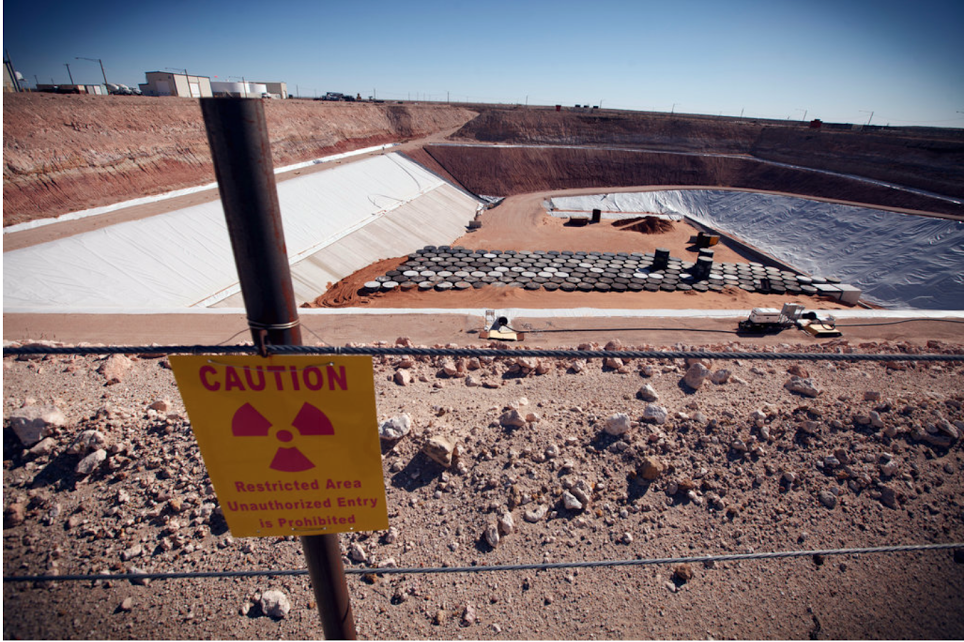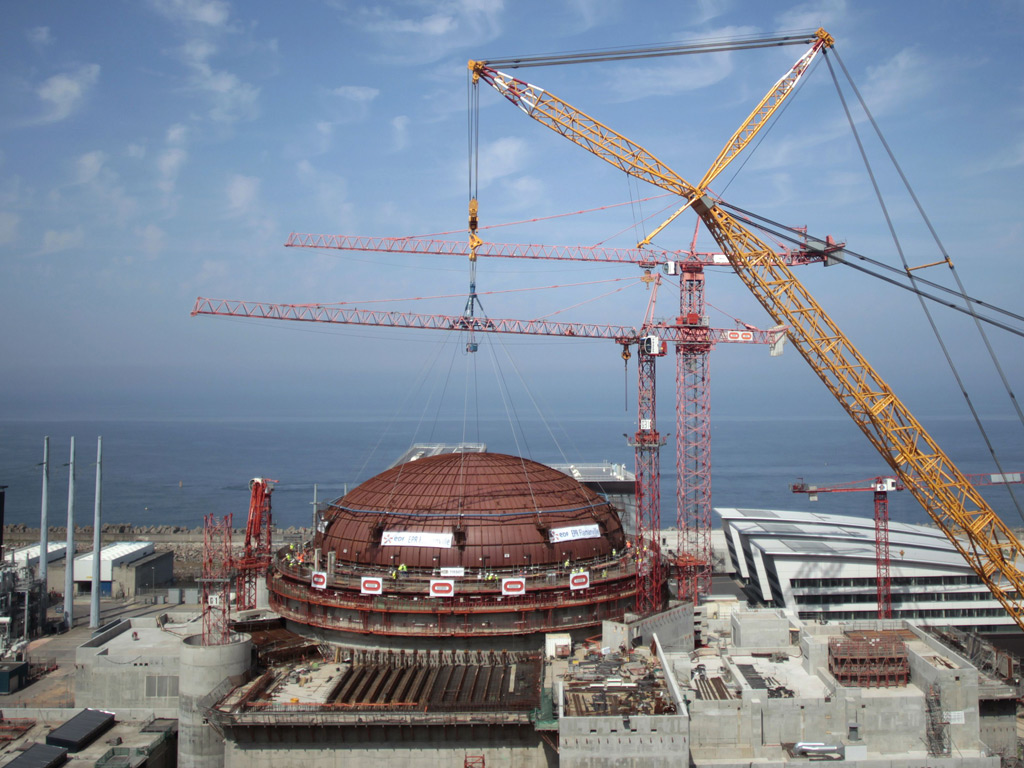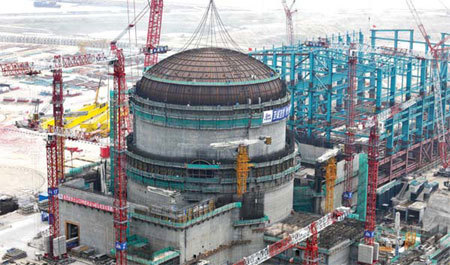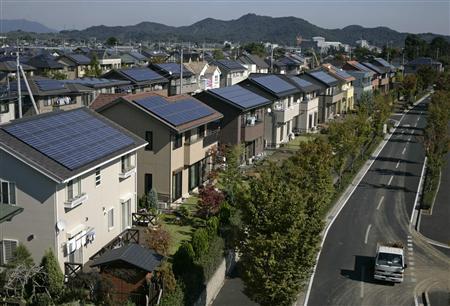
It’s been a while since we caught up on the news, so let’s jump right in….
Nuclear Power
EPA chief Gina McCarthy has in essence admitted that our analysis of the EPA’s proposed carbon rules is correct: they are intended to boost the nuclear power industry, and are especially an effort to protect those uneconomic reactors–mostly owned by Exelon–that would close without more subsidies. However, McCarthy also demonstrated that she doesn’t know much about nuclear power or the reactors she’s trying to keep open: “There are a handful of nuclear facilities that because they are having trouble remaining competitive, they haven’t yet looked at re-licensing (to extend their operating lives). We were simply highlighting that fact,” McCarthy said at a round-table discussion with business leaders in Chicago. In fact, of the dozen or so reactors that have been publicly cited as in danger of closing because they’re losing money, only Exelon’s Clinton reactor has yet to receive a license extension. Perhaps that lack of knowledge at the top levels of the EPA is the reason the proposed rule is so inartfully worded.
In any case, McCarthy’s admission is just one more reason to make sure the largest possible response is provided to the EPA. The first step is signing and spreading the word about the NIRS/CREDOMobilize petition here. The next step is to begin organizing to attend, speak out and protest at the four public meetings EPA is setting up for public comment.
These will be held in both Atlanta and Denver on July 29, at the Sam Nunn Atlanta Federal Center Main Tower Bridge Conference Area, Conference Room B, 61 Forsyth Street, SW, Atlanta, GA 30303 and at EPA’s Region 8 Building, 1595 Wynkoop Street, Denver, Colorado 80202. On July 31, a public hearing will be held in Pittsburgh, Pennsylvania at the William S. Moorhead Federal Building, Room 1310, 1000 Liberty Avenue Pittsburgh, Pennsylvania 15222. And during the week of July 28, 2014, a public hearing will be convened in Washington, DC with details to be announced.
NIRS soon will be preparing comments for organizational sign-on as well as to assist individuals to submit comments–and it will be important for as many people as possible to participate and submit your comments.
Meanwhile, this article explains why there has not been a large outcry against the EPA’s proposal from utilities, which will have to close some coal plants to meet the new rules. That’s because it’s not the EPA that will be implementing its proposal, the agency is leaving that to the states, and most utilities are confident they have enough clout at the state level to get what they want. As we have been saying–and will continue to press–it will be vital for the anti-nuclear/clean energy movements to fully engage at the state level over the next two years as the EPA proposal is finalized and State Implementation Plans begin to take shape. NIRS will assist grassroots groups participating in this process from anti-nuclear and clean energy perspectives in every way possible.
Waste Control Specialists wants to both triple the capacity of its Andrews County, Texas radioactive waste dump and at the same time reduce its liability insurance. Sure, makes a lot of sense to us: increase the risk to the public, decrease the risk to the company.
And another case of a nuclear company asking for the unreasonable: Exelon is asking the NRC to delay implementation of the post-Fukushima rule of installing hardened vents at its GE Mark I reactor at Oyster Creek until after the reactor is permanently closed in 2019. Exelon’s explanation is that the requirement’s deadline isn’t until 2018 and why bother spending the money for a year of enhanced safety? Of course, there is no requirement that utilities need wait until the last minute to make safety improvements….The reality is that if Exelon is required to spend any money on safety at Oyster Creek, it will close the reactor early. Oyster Creek was one of the five Exelon reactors that failed to sell its power in last month’s PJM auction, making it economically tenuous at best, even without additional costs. But the NRC is not supposed to consider cost issues when requiring new safety rules that pass its “backfit” test–which this rule has.
A proposed radioactive waste dump on the Great Lakes has turned the Michigan legislature into a potent anti-nuclear force: the state’s Senate voted unanimously last week to oppose a proposed Canadian radwaste dump on Lake Huron. The Michigan House is expected to do the same. “Today’s vote shows the Michigan Senate is united in its opposition to this proposed facility,” said Sen. Phil Pavlov in a statement. “We’ve heard from residents all across the state about this flawed plan, and it needs to be stopped. Not only would this nuclear dump threaten the health of natural resources in Michigan, it could critically damage the ecosystem of the entire Great Lakes basin.” Now if the legislature would only apply that same mentality to the existing nuclear threats in the state: the reactors at Cook, Palisades and Fermi.
NRDC’s Chris Paine reports from a national conference on the future small modular reactors that their future looks dim. Writes Paine, “The mood of the roughly 200 attendees was restrained, even somber, despite the efforts of conference chair Donald Hoffman, the current President of the American Nuclear Society, to inspire the audience to greater political activism on behalf of SMRs and nuclear power in general. This was in decided contrast to the ebullient mood I had experienced at a similar conference three years ago in Columbia, South Carolina, the geographic epicenter of what was then expected to be a national ‘renaissance’ of nuclear power….Indeed, the lion’s share of questions from the audience came from the two nuclear power sceptics in attendance (of which I was one)–the rest of the audience seemed too demoralized even to pose questions.”
The Asahi Shimbun reports that many Japanese institutions, such as 90% of hospitals, nursing homes, and the like are not prepared to be able to implement evacuation plans if reactors restart. But that may not prevent restart; the nation’s nuclear agency is not making it a requirement that the plans actually be functional or workable, only that they exist on paper.
No one, including Japan’s government, Tepco, or outside experts, actually knows the state of the fuel that melted at Fukushima. In the more than three years since the multiple meltdowns, that fuel has cooled and hardened inside the reactors and probably outside as well. But it’s been impossible to even get cameras into these extraordinarily radioactive areas, much less people. Now, the New York Times reports on a new method, using muons, that may provide a picture of the state and location of that molten fuel.

France is attempting to reduce its reliance on nuclear power; its stated goal is to reduce its dependence on nuclear from more than 75% of its electricity to about 50% by 2025. The fact that Electricite de France (EDF) will need to spend about $1.35 Billion per reactor if it wants to seek license renewals may make that decline in dependence easier; some reactors will just shut down. But the government’s proposed new energy law will leave it up to EDF to make the big decisions; the law would just set goals. That doesn’t sit well with French environmentalists: “Who has decided France’s energy policy?” Greenpeace said in the statement. “It was EDF.”

The United Kingdom and China have just signed a nuclear cooperation pact that could allow China to play a crucial role in the UK’s energy policy and future. The pact is aimed at bringing Chinese money to nuclear power construction in the country, presumably so less UK money would be needed for extraordinarily expensive projects like the proposed Hinkley Point EPR reactor. But given recent French experience with the Chinese, the UK might want to reconsider. Bloomberg reports that French nuclear regulators helping with the oversight of construction of EPRs in China are growing increasingly uneasy with Chinese regulators, who are overwhelmed with the volume of nuclear construction going on in the country right now (28 reactors are in various stages of construction) and completely opaque in providing information about that construction. “It’s not always easy to know what is happening at the Taishan site,” Stephane Pailler, head of international relations at France’s Autorite de Surete Nucleaire [ASN] regulator, said in an interview. “We don’t have a regular relationship with the Chinese on EPR control like we have with the Finnish,” said Pailler referring to another EPR plant under construction in Finland. While Pailler said the ASN doesn’t have specific “worries” about safety at Taishan, the French regulator’s comments go beyond the diplomatic language generally used by atomic authorities when speaking about other countries. The first indications of French unease came when Philippe Jamet, one of the regulator’s five governing commissioners, testified before French Parliament in February.
“Unfortunately, collaboration isn’t at a level we would wish it to be” with China, Jamet said. “One of the explanations for the difficulties in our relations is that the Chinese safety authorities lack means. They are overwhelmed.”
In the really bad ideas department, Kenya’s current government says it wants to build a new nuclear reactor and have it operational by 2025. The entire nation currently has only 1,700 MW of generating capacity; it wants to build a 1,000 MW reactor to handle expected increased electrical demand. Someone might want to tell Kenya that if it builds a 1,000 MW power plant of any kind, it will need to build an additional 1,000 MW of capacity to handle the load when the reactor shuts down for refueling and maintenance, much less when it scrams or experiences safety issues. And, if Kenya went solar, it could put up far more than 1,000 MW of power before 2025 at much less cost, and without the need for the same level of backup power. It’s not like large-scale solar power plants, or rooftop solar, will suddenly all shut down at once and require that kind of backup power.
Clean Energy

Very interesting article from Bloomberg: Technarians at the Gate: How Google Could Become Your Next Power Company. The article argues that much sooner than you might think, your electricity will be coming not from large utilities, but from large internet and communications companies. “The battleground over the next five years in electricity will be at the house,” said David Crane, CEO of NRG Energy Inc. (NRG), the nation’s largest independent power producer, which competes against its conventional power customers with large investments in solar. “When we think of who our competitors or partners will be, it will be the Googles, Comcasts, AT&Ts who are already inside the meter. We aren’t worried about the utilities because they have no clue how to get beyond the meter, to be inside the house,” said Crane, who has voiced ambitions to turn NRG into the Amazon.com of the U.S. energy industry.”

SolarCity, already the nation’s largest installer of rooftop solar systems, has just bought Silveo, a manufacturer of solar panels. SolarCity’s immediate plan is to build a new solar panel manufacturing plant in New York capable of producing 1 GW of solar planels per year. But that’s just the start: “The crazy thing is that the gigawatt plant will almost be a pilot,’ said Musk, who also hinted at adding battery storage production to the plans. Musk and Lyndon Rive said that 10 gigawatts of production capacity could feasibly be in the works, assuming the company grows the way they think it will.” Musk is Elon Musk, CEO of Tesla Motors, which also has plans to build giant new factories to manufacture batteries for both its electric cars and for storage for rooftop solar systems so they can effectively provide 7/24/365 electricity for homes and businesses.
And another story about the rapid growth of rooftop solar: “More than half of all U.S. homebuilders are expected to offer solar PV energy systems as an option in new single-family homes by 2016, up from just 12 percent in 2013…’For most of our customers that choose to go solar, it boils down to a simple financial play, just like better windows or better insulation,’ Herro said. ‘It creates value in your home and lowers your operating costs.’ On average, he said, a 3.5-kilowatt solar system installed on a home that is rated as highly energy efficient can reduce total energy costs by 75 percent….” The article also points out that the Defense Department is actively working with solar companies to install solar panels on housing for military personnel across the country: “What has worked exceptionally well, Crawford said, is rooftop solar panels, which the company has now installed on many of the 4,700 homes it manages at Fort Bliss and the nearby White Sands Missile Range in New Mexico. When fully built out, Crawford said, those panels will form the backbone of a 13.2-megawatt solar power system that feeds electricity into a shared grid for all of its duplexes, townhomes and single-family homes on the base.”
Inside Washington

34 anti-nuclear/clean energy organizations yesterday called for the immediate resignation of NRC commissioner William Magwood. The groups, including NIRS, cited conflict-of-interest as the reason, and also called on Magwood to retroactively recuse himself from Commission votes taken since he applied for the job to head Europe’s Nuclear Energy Agency (NEA). That agency has the explicit role of promoting nuclear power and nuclear companies for the governmental members of the Organization for Economic Cooperation and Development (OECD). But the NRC is explicitly prohibited from promotion of nuclear power. The letter from the groups to Magwood, along with supporting documentation, can be found here.
We post this article without comment: Conservatives talk a big game on nuclear power. But it’s a crock. But there is surely a grain of truth here; we’d be interested to hear your take on it….
Michael Mariotte
June 19, 2014
Permalink: https://www.nirs.org/2014/06/19/nuclear-newsreel-thursday-june-19-2014/
You can now support GreenWorld with your tax-deductible contribution on our new donation page here. PayPal now accepted. We gratefully appreciate every donation of any size–your support is what makes our work possible.
Comments are welcome on all GreenWorld posts! Say your piece above. Start a discussion. Don’t be shy; this blog is for you.
If you like GreenWorld, you can help us reach more people. Just use the icons below to “like” our posts and to share them on the various social networking sites you use. And if you don’t like GreenWorld, please let us know that too. Send an e-mail with your comments/complaints/compliments to nirs@nirs.org. Thank you!
Note: If you’d like to receive GreenWorld via e-mail daily, send your name and e-mail address to nirs@nirs.org and we’ll send you an invitation. Note that the invitation will come from a GreenWorld@wordpress.com address and not a nirs.org address, so watch for it.



